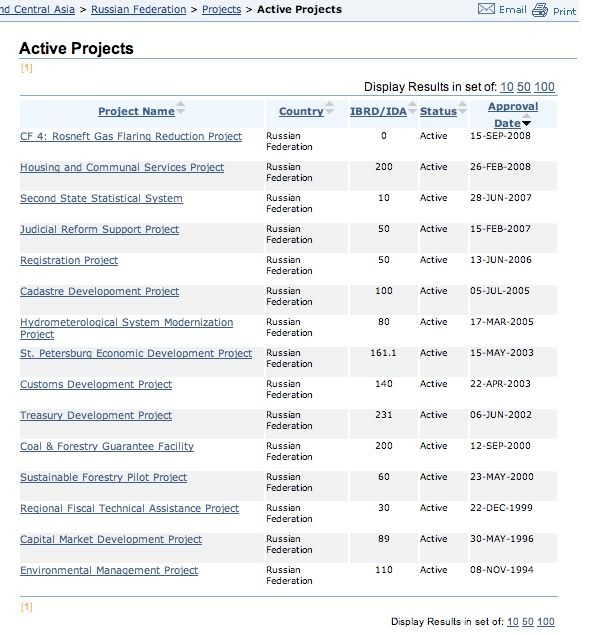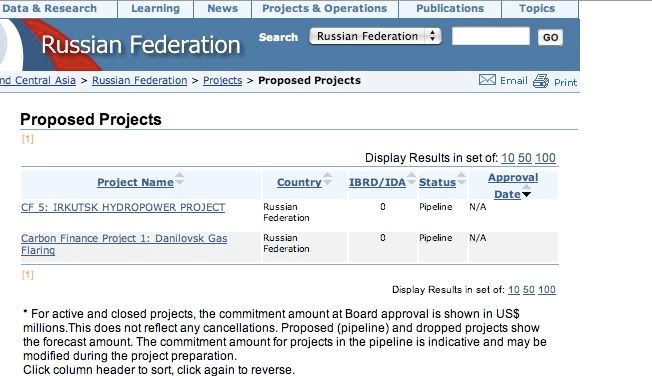My IR class this term is focused on Central Asia which means that I get to work on some of my research and get a term paper out of it. Since I'm writing my research proposal for the term over the weekend I've been looking at infrastructure reports in the region. I found an NBR Analysis on Infrastructure Challenges in Central Asia and Azerbaijan . Seems like a solid piece of research to include into my paper/literature review.
In my other class I've been working on Urban Politics, which is not quite in the scope of this blog. However, some interesting points about infrastructure and utilites have been made. I might post the one page summaries that we are assigned of the different books since most of them deal tangently with infrastructure or political economy.
Friday, January 29, 2010
Thursday, January 28, 2010
The Spatial Political Economy of Urban Infrastructure Transformation by Roar Samuelsen
I found this paper while searching for something completely unrelated. It is on the political economy of infrastructure in a more urban setting.
Full Article Here
The paper as a whole is a little technical and deals with more urban areas, but I thought it was relevant to the discussion of what infrastructure is and its role in a capitalistic society.
The second aspect of urban infrastructure to be pointed out is that they are fixed supports for the time-space mobilities of capitalism. This means that they are the fixed part of capital, immobilized and spatially configured in order to facilitate greater movement of capital, commodities, information, labour, money and services.
Full Article Here
The paper as a whole is a little technical and deals with more urban areas, but I thought it was relevant to the discussion of what infrastructure is and its role in a capitalistic society.
Russia-Belarus Oil Agreement
A little bit of news on an oil-supply agreement and some pipleline news. Not necessarily transit related, but infrastructure none the less.
Source
Russia and Belarus reached an oil supply agreement in Moscow on Wednesday, ending the threat of disruptions in European deliveries that arose when a previous deal lapsed at the end of last year. Russia announced that the two sides had signed documents that covered the sale of Russian oil to Belarus and the piping of Russian oil through Belarus for other European customers.
Source
Tuesday, January 26, 2010
News: World Bank and Structural Readjustments
Classes have once again started for me, and the topic of IMF/WB loans came up last week. Nevermind how class actually went though. Anyway, with all the focus right now being on Haiti there is really not much news coming out about E.Europe/Central Asia. There was some information on loans that was posted a couple of days ago:
source
Reflecting pre-existing vulnerabilities in many countries (in particular current account deficits arising from large private sector savings-investment imbalances), developing Europe and Central Asia was hardest hit by the crisis, with GDP falling by an estimated 6.2 percent in 2009. Although GDP is projected to rise by 2.7 percent in 2010 and 3.6 percent in 2011, growth rates in most economies will remain below potential and unemployment and bank restructuring will continue to be pervasive. Much higher non-performing loans, higher interest rates and weak international capital flows will remain key challenges in the near term. Compared to the pre-crisis period, high non-performing loans, weak public finances and low international capital flows are likely to dampen investment growth in many countries. Moreover, significant downside risks persist, including the possibility of a double-dip recession or increased financial difficulties for banks in the region. Despite better international financing conditions and domestic adjustments, the region’s external financing needs are expected to exceed inflows by as much as $54 billion in 2010.
source
Labels:
additional financing,
IMF,
World Bank
Monday, January 18, 2010
Press Release: Improved Logistics
The World Bank issued a press release on January 15th talking about the improved logistics of trade. This is good news and should encourage more investment in developing nations.
Better transportation policies, tarriffs, and more funding of infrastructure seem to be working pretty well. What's interesting is that the release mentions that infrastructure is a middle-income country improvement. It would be interesting to see the impacts of transportation infrastructure in transition economies. Oh wait. I'm doing that.
Source, with graphs
According to the study, logistics performance is heavily influenced by the quality of public sector institutions and the effective coordination of border clearance processes among all border management agencies. In this area, customs performs better than many other agencies, pointing to the need for border management reforms. In low performing countries, on average, half of the containers are physically inspected and one container out of seven at least twice.
Other areas for improvement include better transport policies, increasing competition in trade-related services such as trucking, freight forwarding and railways; and better trade-related infrastructure. For many low-income countries the most binding constraints are often in logistics services and international transit systems. Given they perform better on many other indicators, improving trade infrastructure is often reported to be a priority for middle-income countries.
The World Bank Group has a number of projects designed to improve trade logistics in developing countries. The US$250 million East Africa Trade and Transport Facilitation Project improved the corridor infrastructure and upgraded the main border crossing between Uganda and Kenya at Malaba, reducing border crossing times from three days to three hours. In Tunisia, a US$250 million operation is improving competitiveness by reducing trade costs and streamlining border clearance procedures. And in Afghanistan, the Bank is providing funding for a US$31.2 million project to modernize and computerize four major border crossings, increasing customs revenues from US$50 million when the project started in 2004 to over US$399 million in 2008.
Better transportation policies, tarriffs, and more funding of infrastructure seem to be working pretty well. What's interesting is that the release mentions that infrastructure is a middle-income country improvement. It would be interesting to see the impacts of transportation infrastructure in transition economies. Oh wait. I'm doing that.
Source, with graphs
Labels:
news,
World Bank
Thursday, January 14, 2010
Haiti Earthquake
So if you haven't heard about the earthquate in Haiti you're probably not reading this blog. NYT ran a piece today about how there is aid but it can't be distributed effectively due to infrastructure issues and communication system failures.
Everything thinks about infrastructure (roads/trains) in natural disasters because they are usually broken down in the events. What I think gets missed is that bad infrastructure planning, development, and funding is a huge issue daily for some nations.
Here's hoping the disaster in Haiti is being handled efficiently and with enough humanitarian aid and forces.
Everything thinks about infrastructure (roads/trains) in natural disasters because they are usually broken down in the events. What I think gets missed is that bad infrastructure planning, development, and funding is a huge issue daily for some nations.
Here's hoping the disaster in Haiti is being handled efficiently and with enough humanitarian aid and forces.
Labels:
haiti,
news,
nyt,
transportation infrastructure
Tuesday, January 05, 2010
Russian Federation Projects
These are the current active projects:

These are the projects in the proposal stage:

Very little in terms of infrastructure, but the Monthly Operation Report for the Federation has a little more. Most of them are exterior to the CIS or in rail transportation though. The waterway projects do stand out at me though. Maybe I'm missing the point with roads?

These are the projects in the proposal stage:

Very little in terms of infrastructure, but the Monthly Operation Report for the Federation has a little more. Most of them are exterior to the CIS or in rail transportation though. The waterway projects do stand out at me though. Maybe I'm missing the point with roads?

